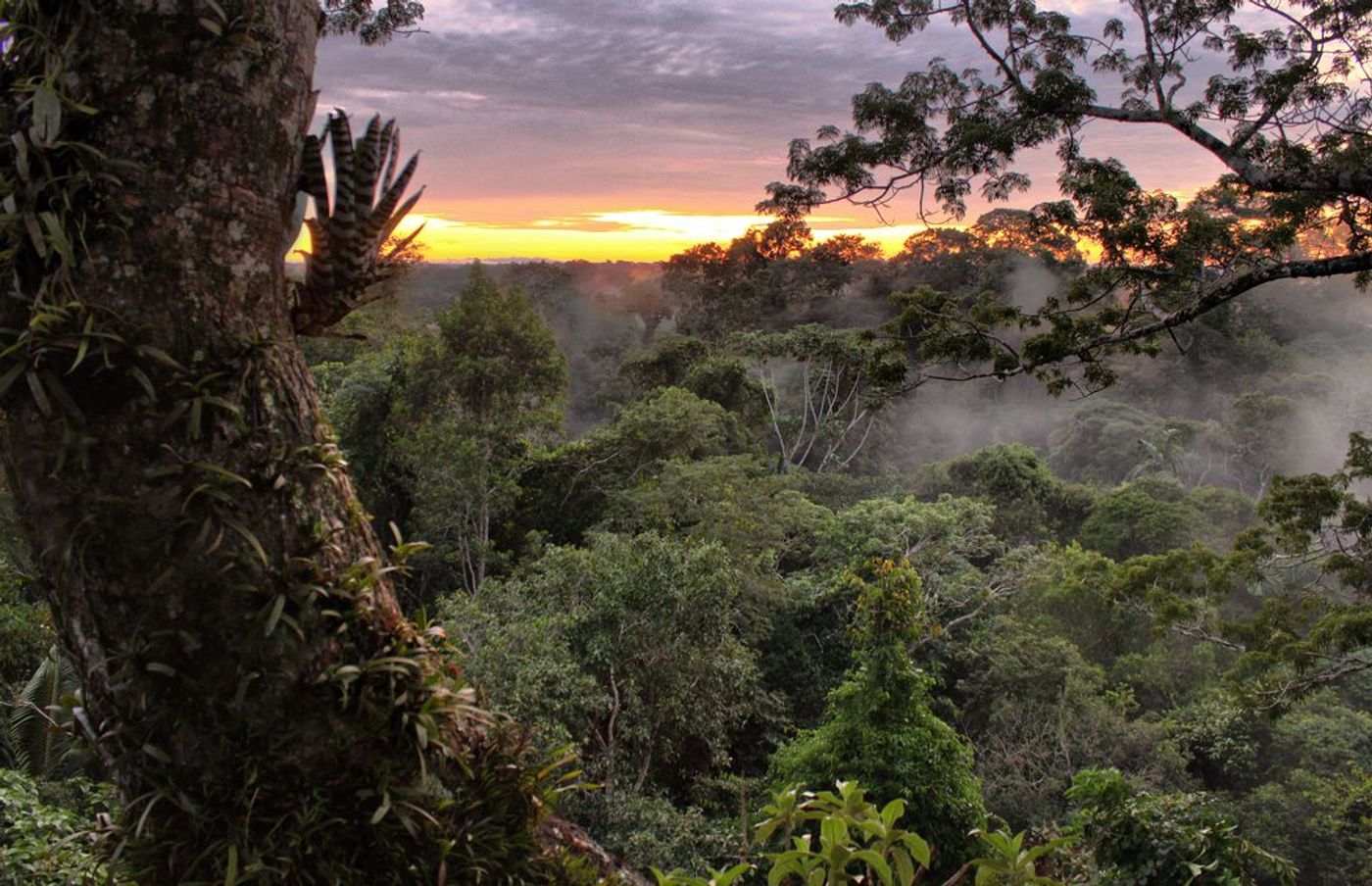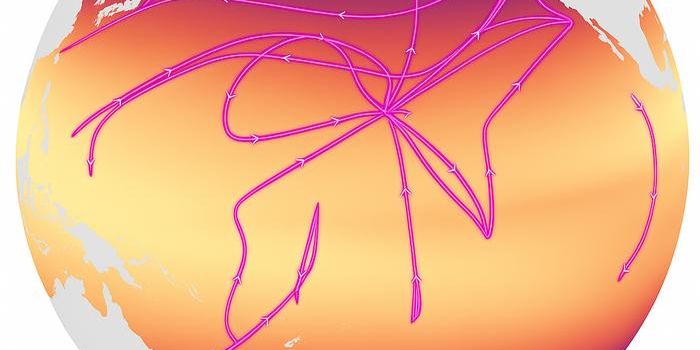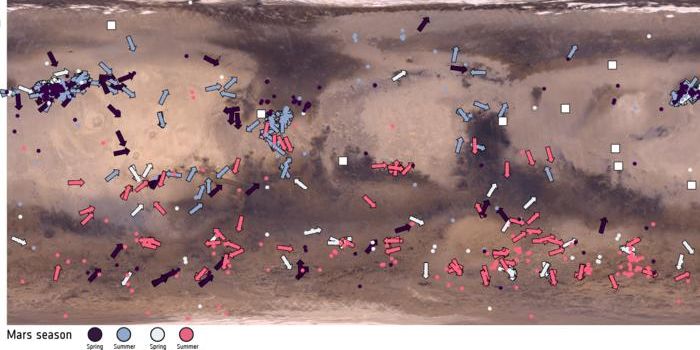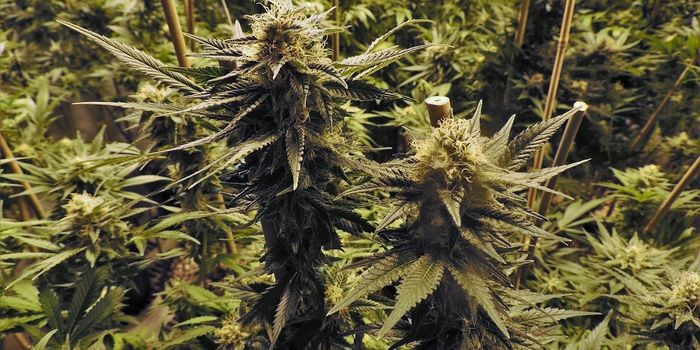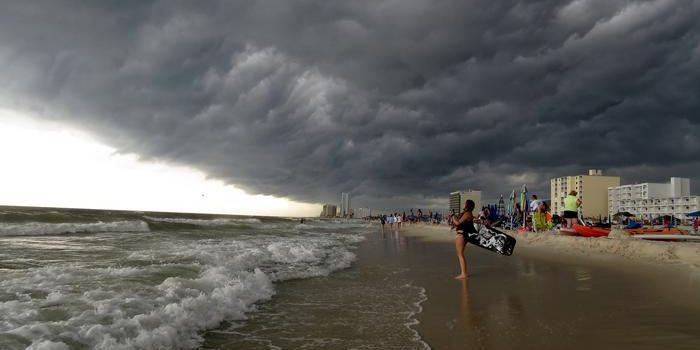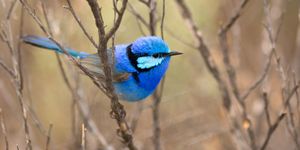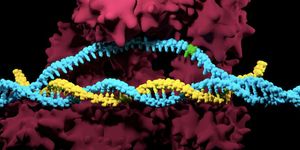Are our lands really protected?
Our protected lands are not as protected as we may think. A new study published in Science reveals that one-third of the world’s supposedly protected areas are facing strong pressure from human activities such as road construction, urbanization, agriculture and livestock grazing. The study comes from the University of Queensland, Wildlife Conservation Society (WCS), and University of Northern British Columbia and reports that roughly 2.3 million square miles are under threat.
Currently, 202,000 protected areas cover more than 15% of the world's land. The Convention on Biological Diversity (CBD) aims to get that number up to at least 17% coverage by 2020. And looking at the pattern of the last quarter century, we seem to be on the right path, given that we approximately doubled the area of protected lands since 1992. But this study suggests that though lands might be protected in name, there are still huge obstacles concerning the general goal of conserving nature.
According to the “Human Footprint” maps that the scientists analyzed in the study, 32.8% of protected lands are categorized as highly degraded and 55% have experienced increases in human-pressure. Lead author Kendall Jones explained the greater impact that degradation has on biodiversity: "A well-run protected area network is essential in saving species. If we allow our protected area network to be degraded there is a no doubt biodiversity losses will be exacerbated." The study found that those protected areas that have the strictest biodiversity conservation objectives usually have much lower levels of human pressure.
WCS’s conservation strategy uses protected areas as a way of safeguarding ecosystems and ecosystem services. Protected areas also serve as outdoor laboratories where researchers can document the changes taking place in our world’s most pristine places. But in order to work as they are intended to, protected areas must be well-managed, meaning there is sound enforcement, monitoring, clear boundaries, exceptional staff, etc. Such management requires adequate funds.
Asia, Europe, and Africa were found to have the most impacted protected areas. Meanwhile, Keo Seima Wildlife Sanctuary in Cambodia, Madidi National Park in Bolivia, and Yasuni Biosphere Reserve in Ecuador are examples of protected areas that are thriving, with very little human pressure.
"We know protected areas work -- when well-funded, well-managed and well placed, they are extremely effective in halting the threats that cause biodiversity loss and ensure species return from the brink of extinction,” said the study’s senior author James Watson. “There are also many protected areas that are still in good condition and protect the last strongholds of endangered species worldwide. The challenge is to improve the management of those protected areas that are most valuable for nature conservation to ensure they safeguard it."
Sources: Science, Science Daily
